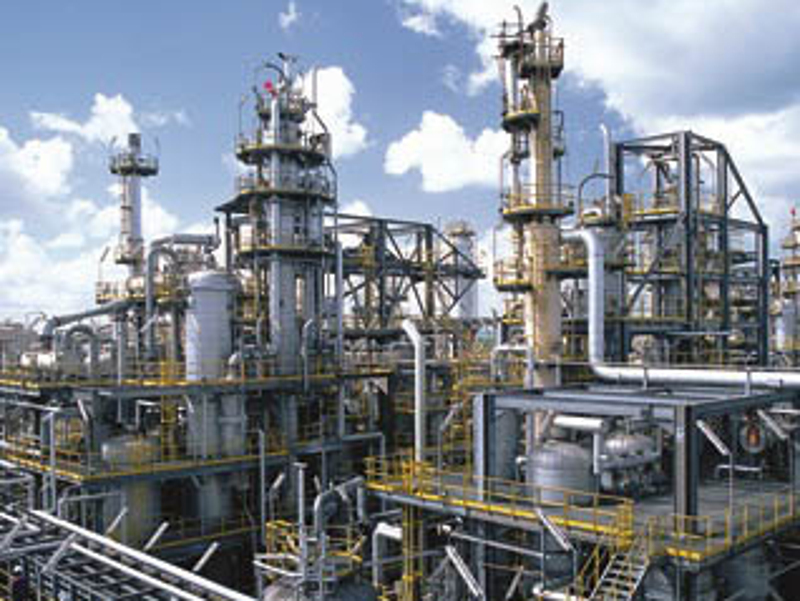
Trinidad and Tobago’s Ministry of Energy and Energy Industries (MEEI) has launched a roadmap to develop a green hydrogen market in the Caribbean island nation.
Trinidad and Tobago, the first Caribbean nation to pursue a green hydrogen agenda, has a long standing history as a global player in the production of ammonia, with green hydrogen seen as the next step and a major decarbonisation option for the power and industrial sectors.
The roadmap, which was developed by the country’s National Energy Corporation with support from the Inter-American Development Bank (IDB), states that many of the building blocks for a regional production, storage and trading hub are already in place to give the nation a head start in the market.
The roadmap identifies offshore wind technologies as the best renewable energy source available in Trinidad and Tobago in the production of green hydrogen.
An initial estimate of the potential areas available for offshore development indicates that on average the nation could access up to 57GW of offshore wind across fixed and floating technologies. Based on desktop modelling, this equates to 25GW in average energy output.
If all this 25GW of potential energy output was directed to electrolysers, then approximately 4Mt/yr of green hydrogen could be generated.
This is more than double the current local demand for the grey hydrogen (1.7Mt/yr) required by the petrochemical industry, providing the nation with the opportunity to both decarbonise that industry as well as to contribute significantly to further GDP growth through exports.
Currently, Trinidad and Tobago’s energy sector accounts for 40% of GDP and 80% of export earnings, through the production and exports of oil and gas as well as ammonia and methanol.
Investment in green hydrogen value chain
The roadmap continues that to convert this vision into reality, the country needs to invest in the upstream development of the hydrogen value chain, from wind turbines to electrolysis plants, as well as ensure that the downstream infrastructure for green ammonia and methanol is expanded.
Thus the immediate next steps consist of a two-track approach of securing funding for the programme and launching local demonstration projects.
Funding sources such as climate finance, carbon markets, private sector and national finance will be explored, while demonstration projects will be planned to test the end use of green hydrogen in the petrochemical industry through the production of green ammonia and methanol, in the transportation sector through public transport and in cement manufacturing.
Commenting on the roadmap, Stuart R. Young, Minister of Energy and Energy Industries, said the government is committed to pursuing Trinidad and Tobago’s decarbonisation efforts beyond the 2030 Paris Agreement targets.
“The government recognises the importance of creating the right enablers through regulations, policies and incentives, that will support the development of this green hydrogen economy.”
To take the programme forward the Ministry is working on a draft Hydrogen Policy that will support the findings of the roadmap study.